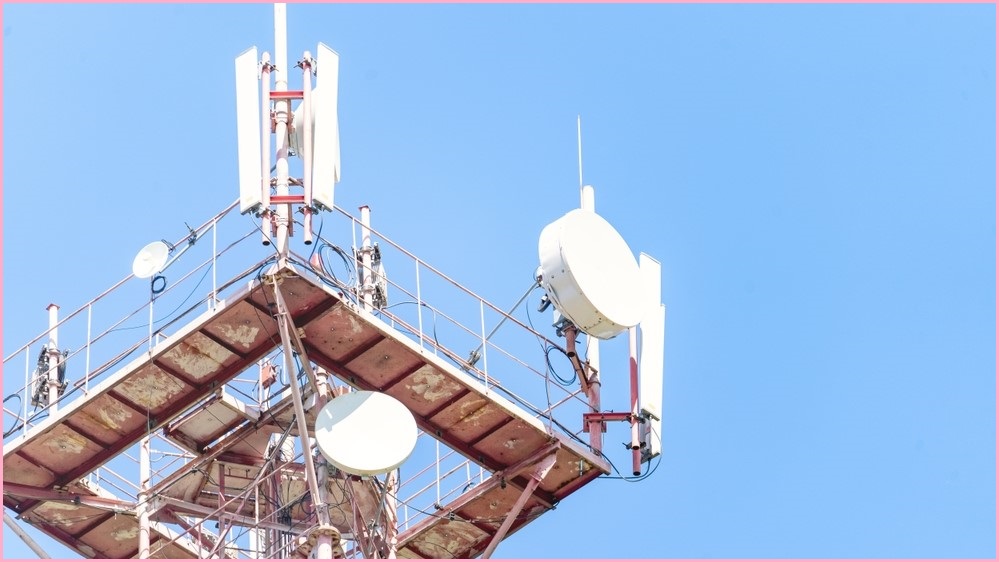Telcos and regulators have been warning Australians about the shutdown of the 3G mobile network for nearly five years, but concerns that tens of thousands of phones and other devices still haven’t been upgraded have led Telstra and Optus to delay the shutdown for the second time.
Australia’s 3G network – which was introduced in 2003 and scheduled in 2019 for retirement this year – has given way to 4G and 5G mobile services, but its status as a lifeline in poorly covered regional areas has driven enough concern about stranding thousands of Australians that the original June shutdown has now been postponed twice, first until 31 August and now until 28 October.
That provides two more months to run “one last push for mass public awareness of the impending closures,” Telstra and Optus said in a joint statement in which they claimed they “have exhausted every avenue of customer communication available to them” and exhorted 3G customers to ensure that all of their devices are compatible with 4G or 5G services.
“We have been communicating to customers about the need to prepare and make the move for almost five years,” Telstra CEO Vicki Brady said, noting a history of outreach efforts that included direct mail, messages on customers’ bills, SMS messages, door knocking, and even sending free phones to “people in vulnerable circumstances”.
Optus has helped enough former 3G users switch that “the majority of them are now on compatible devices,” Optus interim CEO Michael Venter said, adding that the new awareness campaign would “really drive home the safety message and get the final groups of customers to act.”
Although all 3G handsets will cease to work after the shutdown, users could encounter problems if their 4G devices don’t support Voice over LTE (VoLTE) technology, or are hardwired to use 3G to complete Triple Zero calls – a fallback strategy that was, ironically, introduced to ensure completion of emergency calls back when 4G coverage was still sparse.
Most discussions about the 3G shutdown have focused on its impact on mobile phone users, but it could also be catastrophic for businesses and individuals reliant on 3G connected security cameras, EFTPOS machines, medical monitors, electronic road signs, and other devices – including agricultural equipment such as livestock trackers, weather stations, soil moisture probes, yield monitors, and variable rate technology.
Interrupting service to such devices could cripple agricultural operations, National Farmers Federation president David Jochinke noted in warning farmers that “this is not the time to take a ‘she’ll be right’ attitude.”
“We can’t keep prolonging the inevitable,” he said. “Let’s use this time wisely and then start focusing on how we move forward and address the systemic issues facing rural connectivity.”
Delaying the inevitable
The October extension reflects growing concern that awareness of the shutdown still hadn’t spread far and wide enough to ensure a problem free transition: Optus, for one, estimates up to 150,000 customers could be caught flat-footed after the 3G shutdown.
A newly published Senate committee interim report offered recommendations including urging Telstra and Optus to push back the date until 4G coverage matches or exceeds that of 3G, and conducting a “best endeavours” audit of potentially affected non-telephone devices “that are likely to have a significant impact on public health, safety, and business operations.”
Yet even as a group of senators pushed the government for its response to the report by 19 August, industry figures welcomed the government’s success in convincing Telstra and Optus to delay the shutdown, which they argue is necessary to repurpose 3G radiofrequency spectrum for newer 5G services.
“While the shutdown needs to happen and the five-year timeframe should have been adequate, we currently face very serious risks to health, safety and business continuity,” Carol Bennett, CEO of communications consumer body ACCAN, said – adding that the new communications campaign “is what is needed to ensure individuals, communities and businesses have made final preparations for the inevitable closure of 3G.”
David Coleman, Shadow Minister for Communications, was less impressed at the government’s “farcical” deus ex machina, arguing that the “slow and weak” Albanese government – which let carriers manage the transition until launching a 3G transition working group and 4G/5G coverage audit earlier this year – had “spent too long being a weak and ineffectual bystander in the shutdown process.”
“It failed to act quickly on the warnings and then moved at dial-up speed.”
If you aren’t sure whether your 3G device will survive the shutdown, visit www.3gclosure.com.au or text ‘3’ to the number 3498 to learn whether you need to take action.










